Art Binge in Rome: Caravaggios and Creepy Crypts
James Stanhope and his wife embark on an odyssey of artistic discovery in the city of Rome. Would the treasure trove of sculptures, paintings and creepy subterranean crypts – complete with frescoes made of dead monks – prove too much for them?
Some might regard the Mario de' Fiori 37 boutique hotel as a work of art in itself – certainly the notion crossed the minds of my wife and I after a few hours here. But while the place is steeped in sumptuous Italian style (even the bathrooms' Biazza tiling is a sight to behold) this top-end bolthole is perhaps better-suited to those seeking the wares of Gucci and Prada, such is its proximity to Piazza di Spagna's famed shopping zones.
But we were not here for designer Italian shoes or handbags; we were in Rome on something of an ‘art binge'.
Scipione Borghese
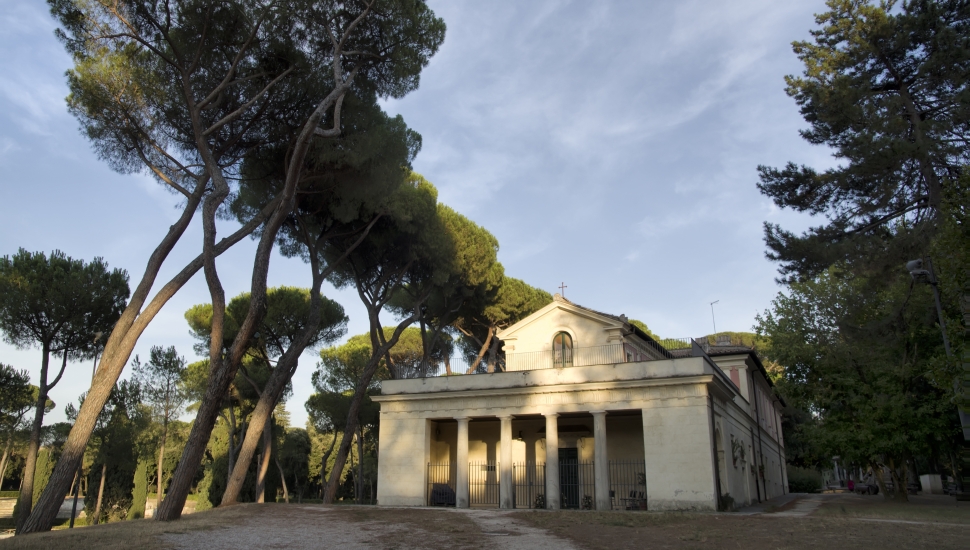 Marcovarro/Bigstock.com
Marcovarro/Bigstock.com
First up (after a suitably Italian lie-in) was an exploration of the Cardinal Scipione Borghese. This 17th century Roman garden villa boasts all manner of genuine Caravaggios as well as Titian's mesmerising Sacred and Profane Love. My wife adored Bernini's sublime sculpture of Apollo and Daphne, but we were both disappointed to discover how many sculptures had been pinched by Napoleon (154 statues and many other pieces). And unfortunately the 'giardini segreti' (secret gardens) were closed – but we vowed to return another time to enjoy them.
That evening we relaxed in the interior garden of the Mario de' Fiori 37 and mentally chewed over the amazing sights we had witnessed.
Ara Pacis
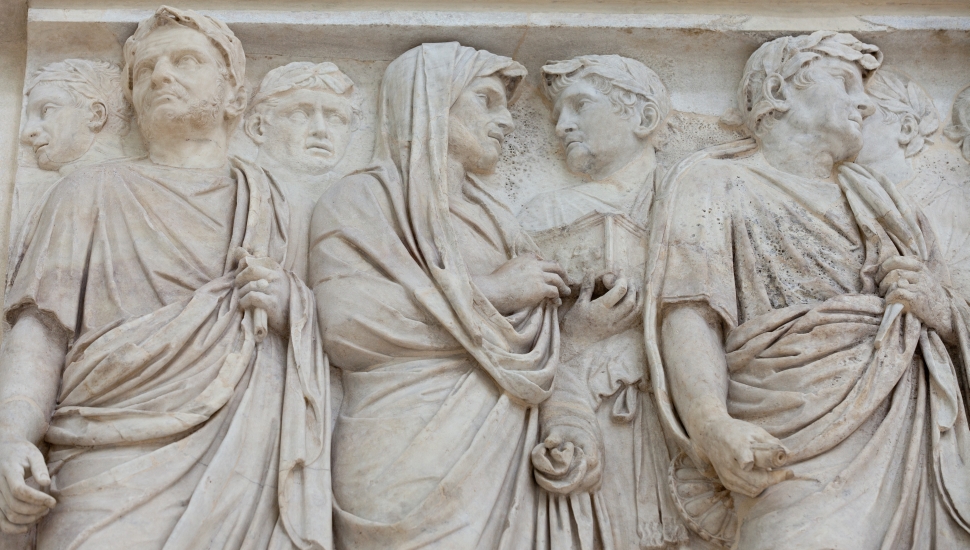
In the morning, buoyed by cappuccinos and delicious Italian pastries, we made for the Ara Pacis. The centrepiece of this art space is the Ara Pacis Augustae, the Augustan altar of peace, around which the super-modern exterior has been constructed. The Richard Meier-designed building is not well-loved by many Romans, and I can understand why. However, the interior is definitely worth a visit, as is the sublime baroque interior of the church of San Rocco, located just next door.
A ‘Day Off' the Art
Even though my wife and I have seen most of Rome's many sights before, we took a day off to once again behold the grandeur of the Pantheon and the Colosseum. Many coffees and gelatos were enjoyed at a leisurely pace; respite perhaps from the incredible works of art we had already seen.
Centrale Montemartini
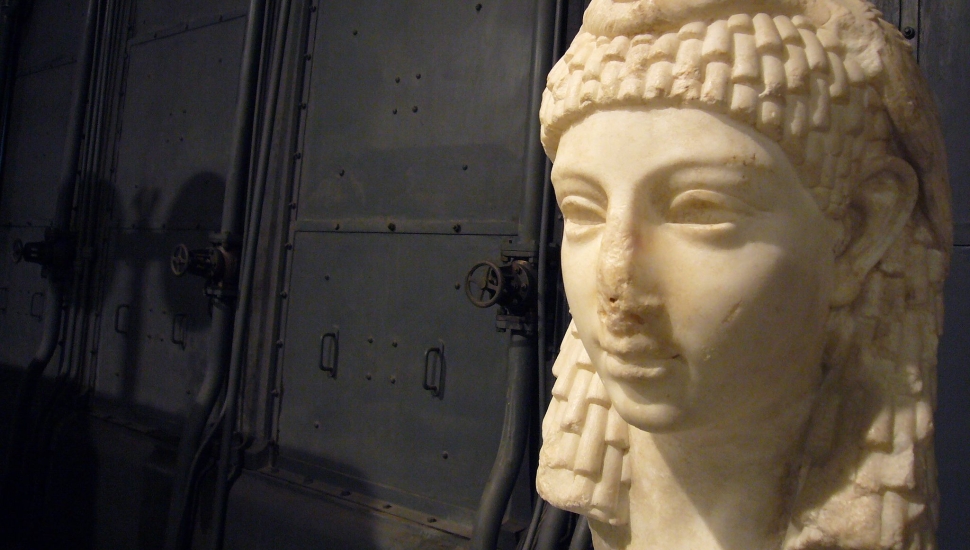 Howardhudson/English Wikipedia
Howardhudson/English Wikipedia
The next day we were ready to get another artistic fix, this time at the Centrale Montemartini. Housed in a decommissioned power station, this dramatic setting plays host to a number of notable works, not least of which is the lofty statue of the goddess Fortuna and the other-worldly muse Polymnia. The strange dichotomy of the industrial backdrop and ancient art works did not escape us as we drifted out into the Roman dusk.
Doria Pamphilj Gallery
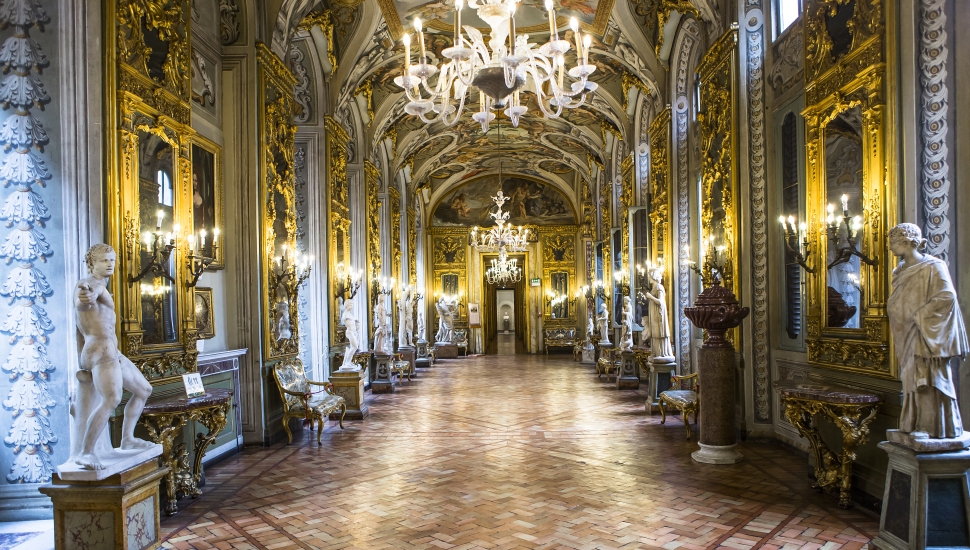 isogood/Bigstock.com
isogood/Bigstock.com
Our appetite for artistic sustenance remained undiminished as we entered the magnificent Doria Pamphilj Gallery the next afternoon. As an irrepressible Francis Bacon admirer, I was fascinated to see Velázquez's painting of the Pamphili pontiff Innocent X – the piece that inspired Bacon's haunting 'screaming pope' of 1953. The superb audio guide revealed many fascinating facts about the Velázquez and about the numerous other amazing pieces – by the likes of Caravaggio, Titian, Bernini, Breughel and Raphael. As we left my wife and I wondered if any other city on Earth could offer up so many incredible works of art?
MAXXI
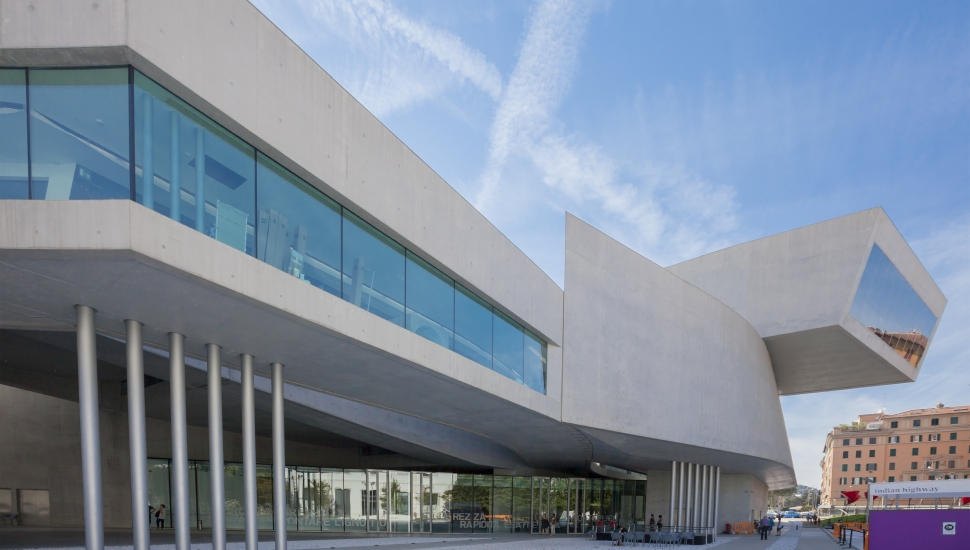 ilker canikligil/Bigstock.com
ilker canikligil/Bigstock.com
The MAXXI is nothing if not controversial – at least as far as the dramatic Zaha Hadid-designed exterior is concerned. For us, the late Anglo-Iraqi architect did an amazing job – so good, in fact, that we only gawped at the outside. The contents are sure to be worthy of a visit, but we had little time left and simply had to squeeze in a visit to the Museum and Crypt of the Capuchins.
In order to make enough time for this unique and rather creepy location, we also had to eschew the Vatican and the Sistine Chapel – but we had both enjoyed the church and Michelangelo's masterpiece before and didn't fancy schlepping through those clogging crowds!
Museum and Crypt of the Capuchins
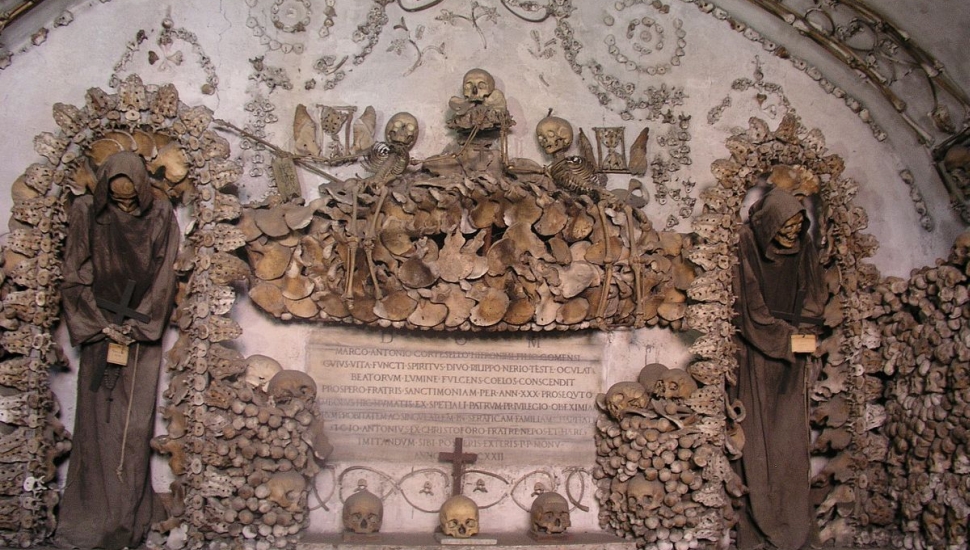 Dnalor 01/Wikimedia Commons, CC BY-SA 3.0
Dnalor 01/Wikimedia Commons, CC BY-SA 3.0
And so to the creepy crypt beneath the Capuchin church, which has been turned into something of a Franciscan monk 'experience'. These slightly unsettling subterranean rooms contained knotted whips with which the friars saw fit to flagellate themselves and artefacts pinched my missionaries from the natives of faraway lands. We ignored the museum's 'Caravaggio' (it's widely known as a fake) and focussed on the ‘delights' of the crypt itself. The skulls and bones of innumerable monks have been arranged in a rather ghoulish – and yet artful – manner. The dead were once buried here in soil taken from Jerusalem, then disinterred to make room for the newly-dead.
The remains are now displayed on the walls and on the ceilings and even comprise chilling chandeliers! As we left, we glanced back at the entrance sign which read: 'You will be what we now are'.
After such macabre sights, fascinating as they were, we were glad to get out onto the lively streets of Rome and seek out some life-giving Italian food and wine. It had been an art binge like no other we'd attempted - it would take some weeks for the profundity of these sights to sink in.
Get a Quote